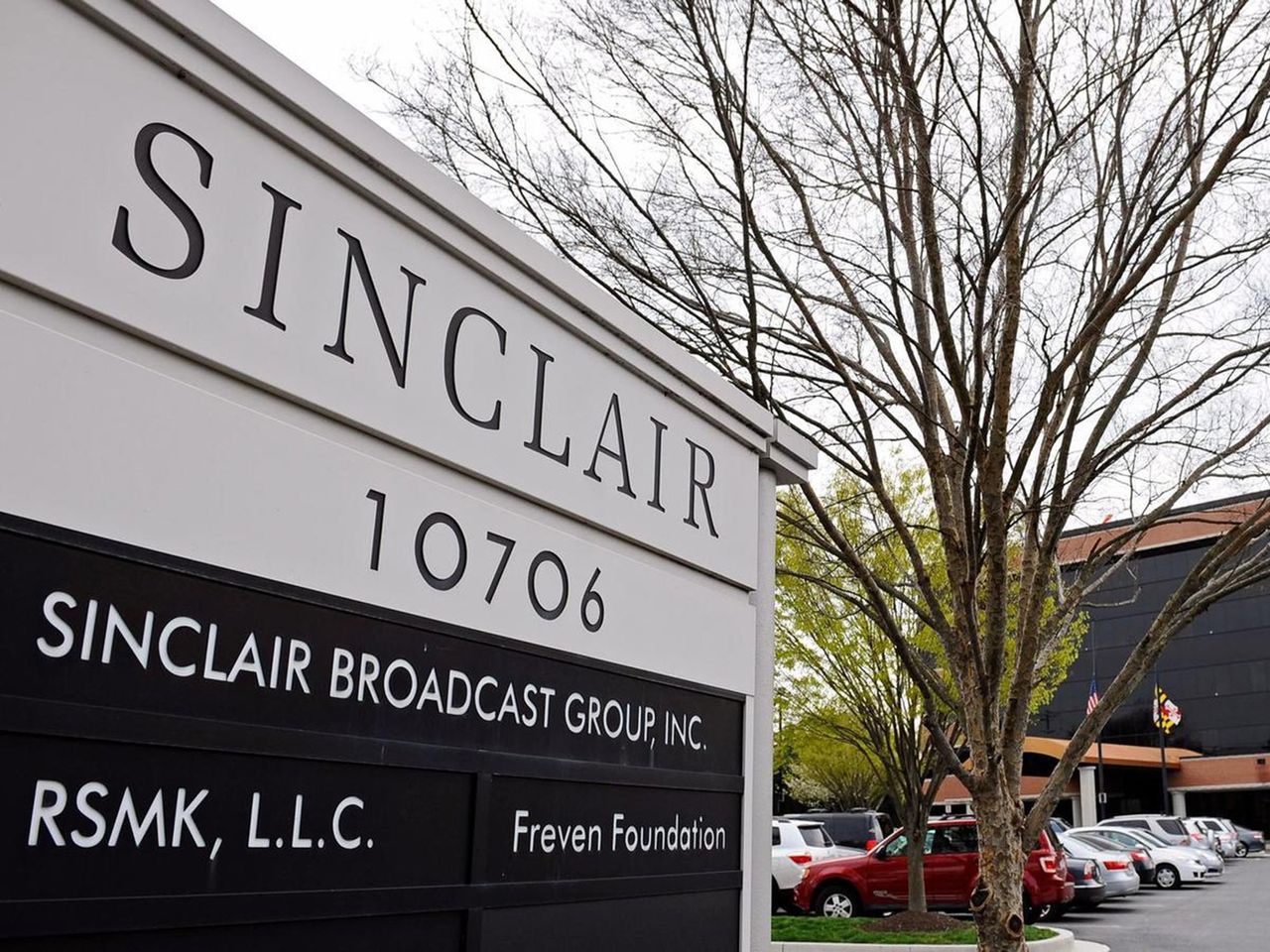SBE Backs NAB Proposals to Change EAS Rules
In an FCC filing, engineering society supports NAB’s proposal for software-based alerting technologies

WASHINGTON—The Society of Broadcast Engineers has filed comments with the Federal Communications Commission that support a proposal by the National Association of Broadcasters to allow software-based alerting technologies in a filing with the FCC.
As previously reported the NAB is requesting the Federal Communications Commission make changes to Emergency Alert System (EAS) rules that would allow but not require EAS participants to use software-based EAS encoder/decoder technology instead of a legacy physical hardware device to process EAS messages.
The NAB is urging that the FCC fast-track the request because hardware supplier Sage Alerting Systems, one of two hardware suppliers, has recently stopped production of devices and “the current legacy ecosystem is not sustainable,” the NAB argued in its March 31 filing.
In response, the SBE argued: “Permitting broadcasters to use flexible software-based EAS equipment would open up another potential area of EAS development, both for broadcasters and equipment manufacturers. This could help fill the hole created by the aforementioned manufacturer’s discontinuation of EAS hardware offerings. And, perhaps just as importantly, opening up the viability of flexible software-based EAS solutions could prevent a similar situation from arising in the future by providing more diverse EAS equipment development and deployment solutions such that the exit of a single manufacturer from the marketplace would not risk disabling the EAS infrastructure of so many of the key distribution points in the daisy chain.”
In a separate May 2 filing, Digital Alert Systems, a major supplier of EAS equipment, expressed reservations about the NAB proposal and urged the commission to delay action or reject the proposal.
“While the goal of modernizing alerting infrastructure is a valid and worthwhile objective, we are concerned that this petition fails to take into account a substantial array of unresolved regulatory, procedural, cybersecurity, operational, and intellectual property questions,” DAS argued. “These issues go well beyond implementation detail; they are foundational questions that will materially affect the safety and manageability of any software-based EAS platform.”
The SBE filing stressed, “Allowing EAS Participants to evolve to flexible software-based reception and distribution is not merely change for change’s sake—such evolution is vital to ensuring the continued viability of the EAS. In particular, near the end of 2024 one of the two primary EAS hardware manufacturers announced that they were ceasing production of their physical EAS endec … This, in turn, raises meaningful concerns for the EAS system as a whole.”
The professional video industry's #1 source for news, trends and product and tech information. Sign up below.
“Moreover, even if the foregoing immediate concerns were not present, permitting broadcasters to voluntarily utilize flexible software-based EAS solutions would still bring meaningful alerting and regulatory benefits,” the SBE concluded. “Among other things, SBE agrees with NAB that a flexible software-based approach could meaningfully alleviate delays and other difficulties many broadcasters currently face when dealing with EAS equipment maintenance and repair.”
George Winslow is the senior content producer for TV Tech. He has written about the television, media and technology industries for nearly 30 years for such publications as Broadcasting & Cable, Multichannel News and TV Tech. Over the years, he has edited a number of magazines, including Multichannel News International and World Screen, and moderated panels at such major industry events as NAB and MIP TV. He has published two books and dozens of encyclopedia articles on such subjects as the media, New York City history and economics.

